Your own personal palm tree
The Canarian palm tree forms part of the landscape and identity of Gran Canaria, and will linger in your mind following your stay
They have always been around, rustling in the breeze, providing shade, breaking up blue skies with their slim shadows. A group of them even led to the name of the island’s capital city, Las Palmas de Gran Canaria, over five centuries ago now. Poet Bartolomé Cairasco de Figueroa (1583-1610) used to say that they were “so, so tall, much taller than the Pyramids in Egypt”, while the chronicals of the Conquest referred to the island “being just like a garden, covered with palm trees”.
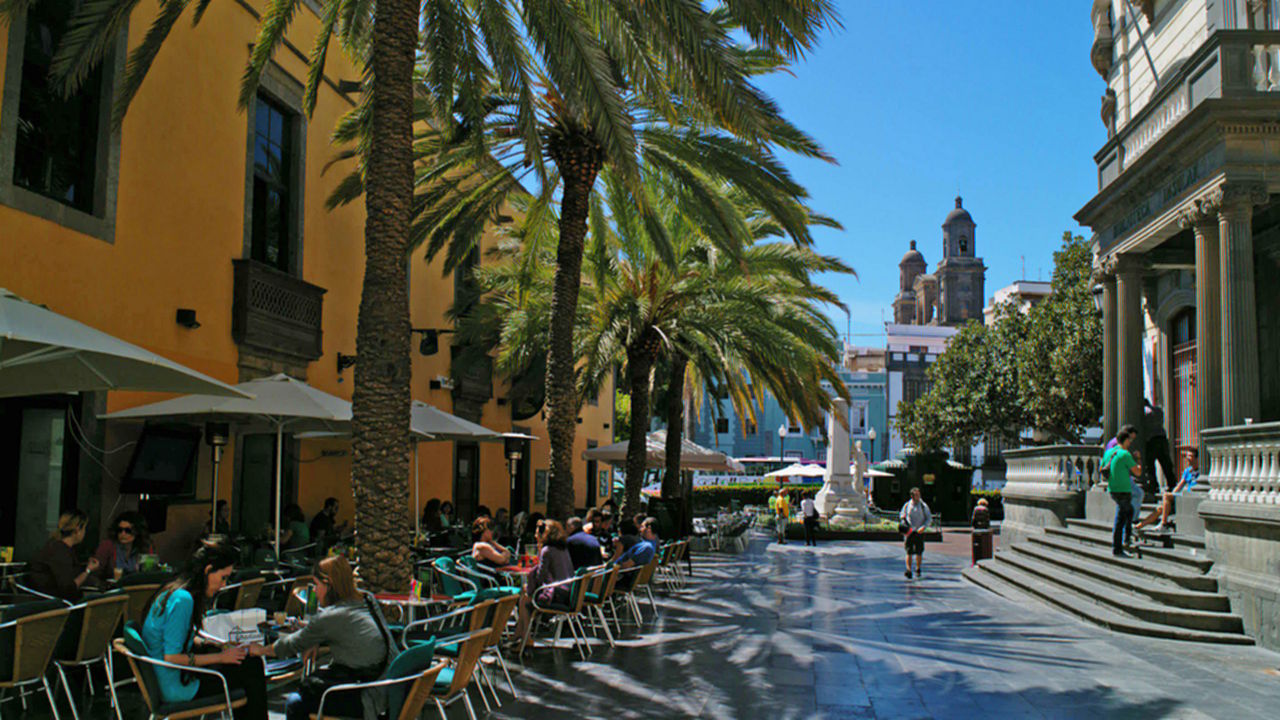
The Canary palm tree is an endemic species to the island, and has slotted in effortlessly to the landscape of Gran Canaria, famous for the existence of such thick specimens that you could hardly make out blue sky when you walked under them. For centuries they have provided food and shelter for animals, and have lived harmoniously alongside olive trees and farmland.
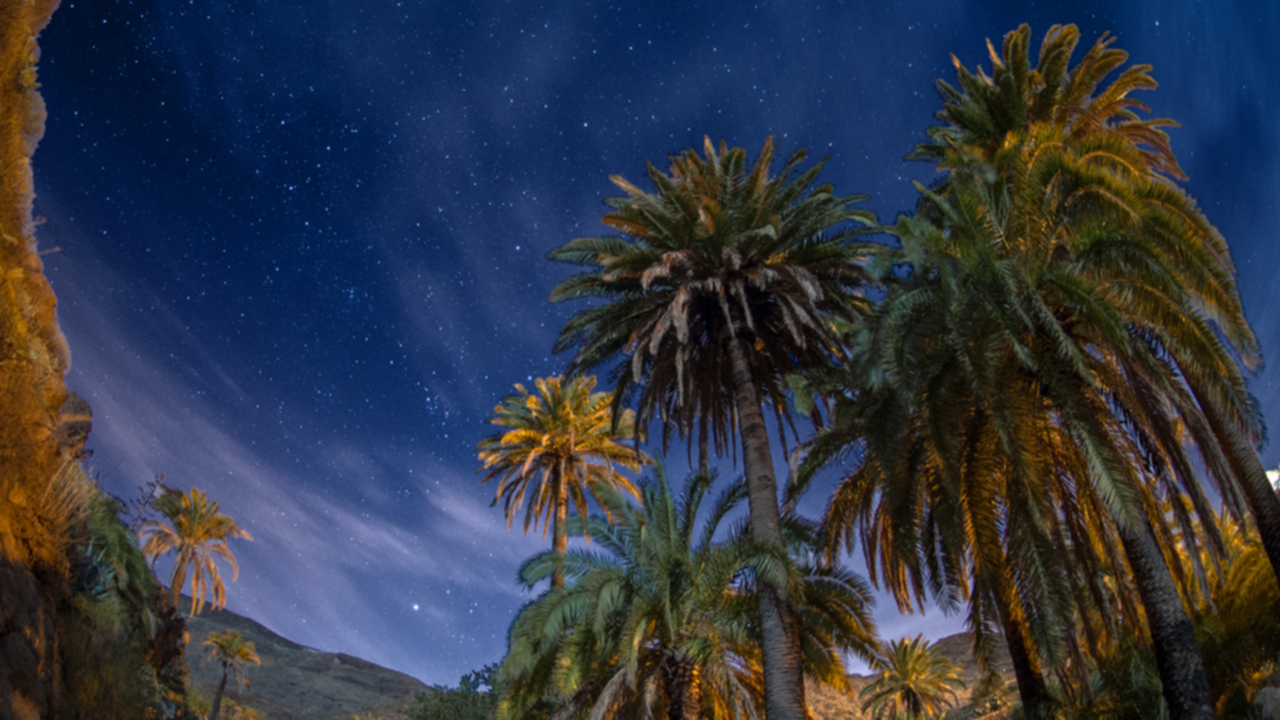
Nowadays they are immortalized on camera daily by millions of travellers, being the star images shared on Instagram, Facebook and Twitter. It is a sign of the times. The sheer beauty of one of the island’s greatest symbols has conquered frontiers and has spread all over social media, just like their roots have done, in search of much needed water.
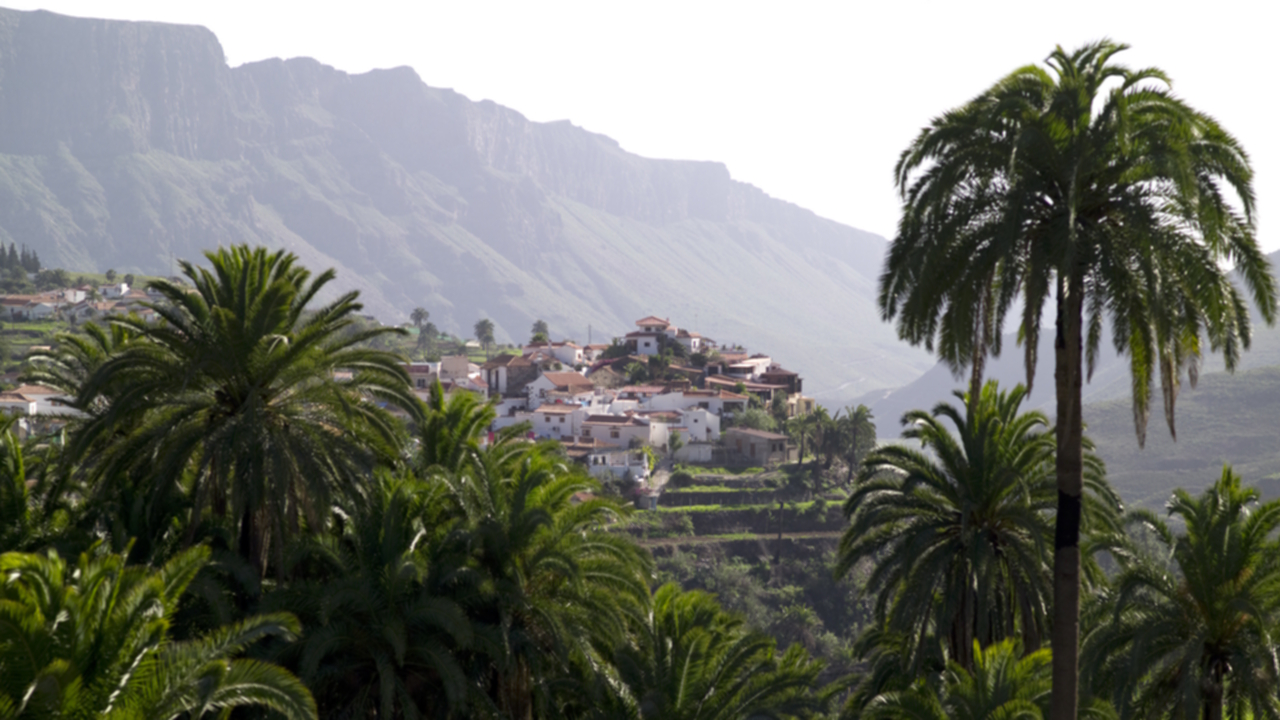
The Canary palm tree is a lovely space and time traveller. In Gran Canaria it occupies pride of place on nearly all the island’s postcards, as its versatility and resistence has enabled it to dig deep into the sinuous, sandy soil at the south, to the bottom of the throats of rocks and the steepest ravines, to the sheerest slopes, and the lush green and fertile lands on the hilly areas.
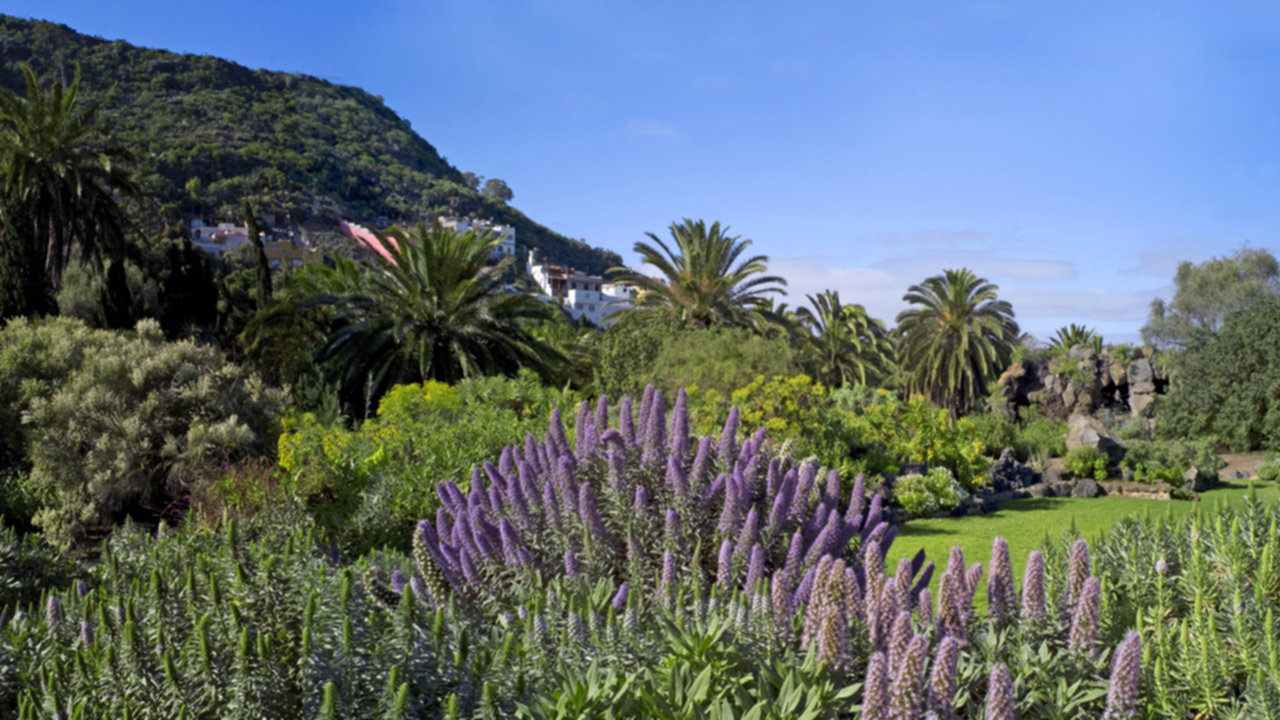
The Canary palm tree also seems to cry out loud, claiming there are no limits to the beauty it creates as it grows. In Gran Canaria there are abundant numbers of trees that are nearly two centuries old, and some that are older still. If they could speak –and in their own way they do- we might hear stories about the island which don’t appear in any book, and which have long since gone from any register or memorial. Some stand on their own, some live in little family clusters, while others together form real lush green urbs, with huge palmgroves springing up unexpectedly almost anywhere on the island.
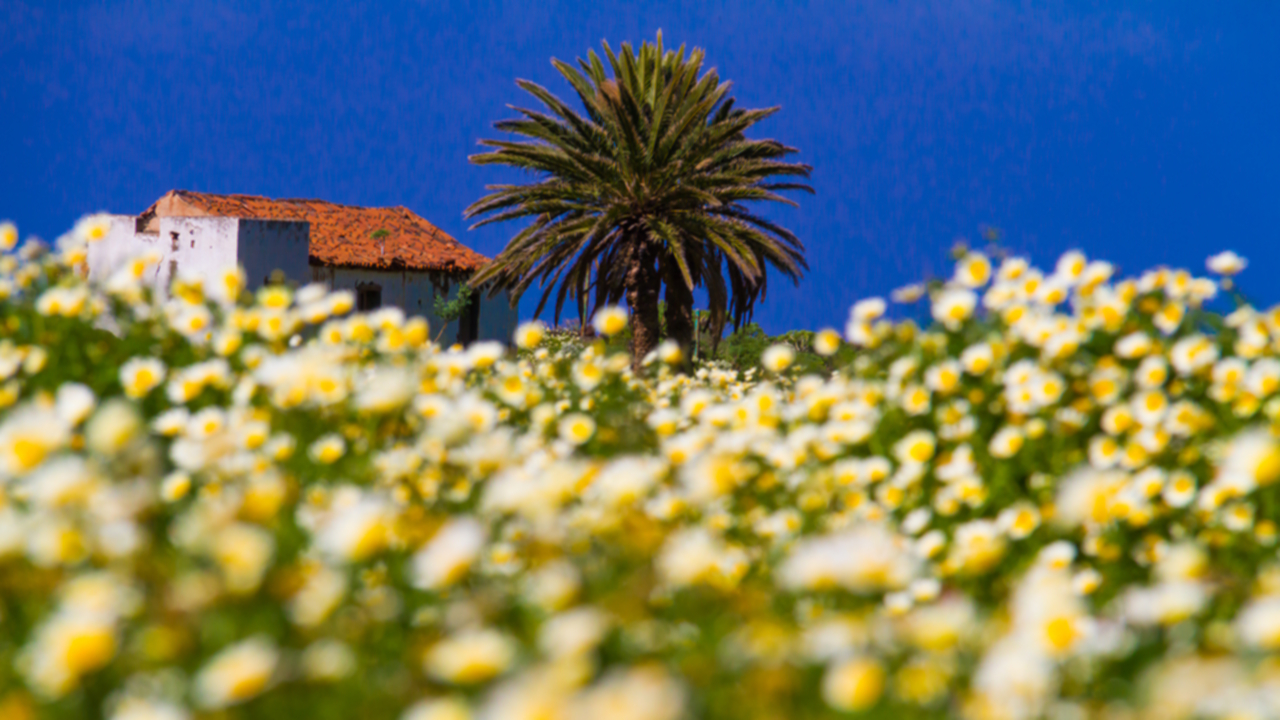
The Canary palm tree has also got around a bit. There are examples of them at different locations all over South America, even appearing at Romanic cloisters in the Iberian Peninsula. Yet eternal home for this Phoenix canariensis will always be Gran Canaria. So now you know a little more about them. Talk about them when you share and show off your photos. Palm trees don’t look to show off, but they do like to be part of history. Also part of yours.

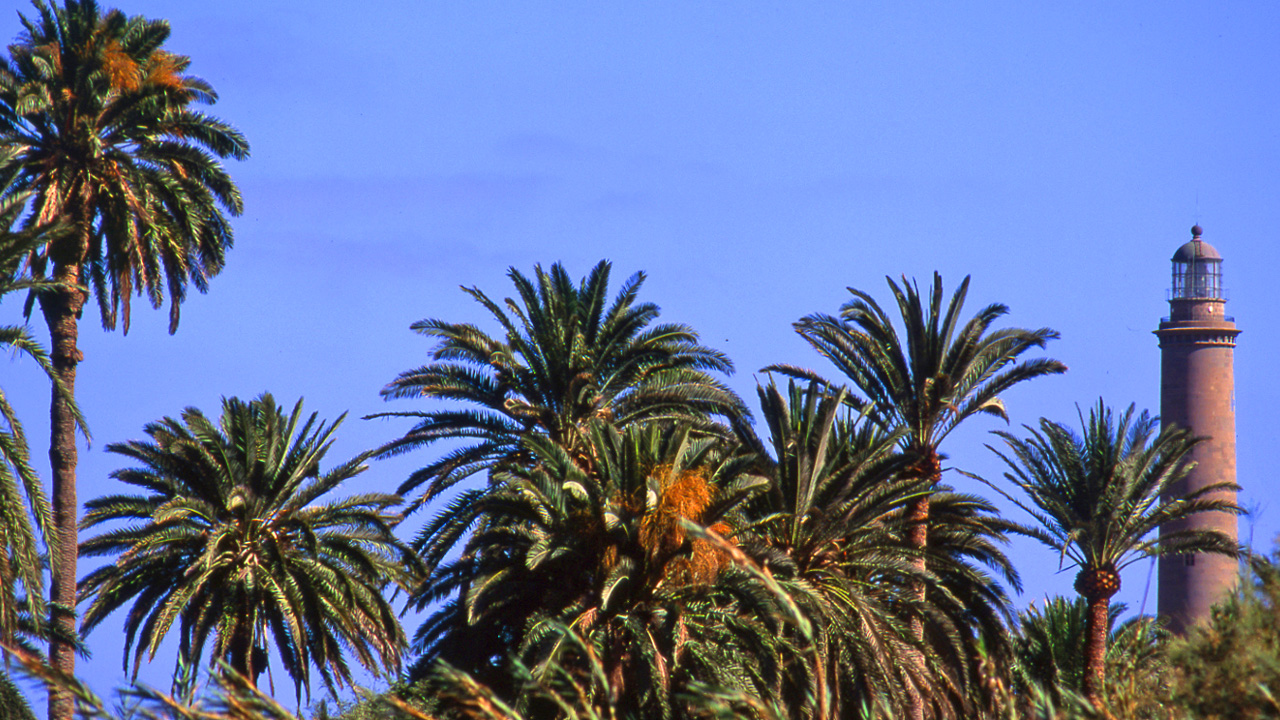
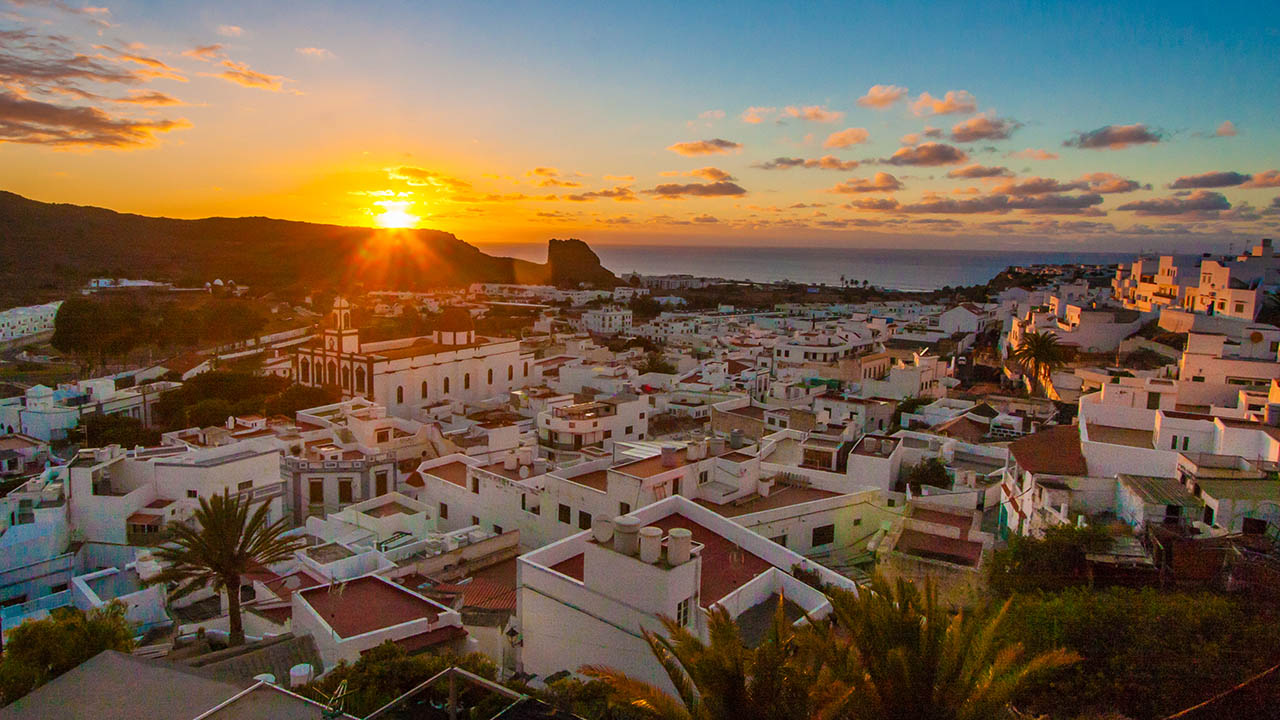
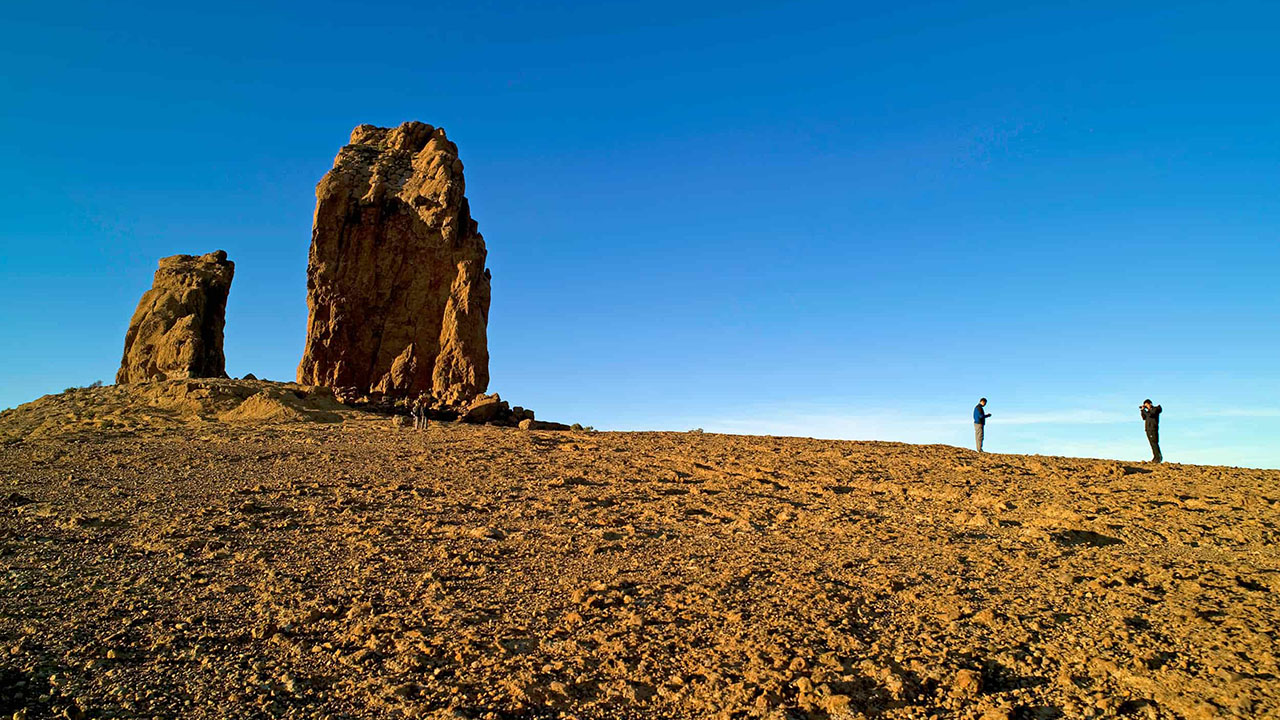
Comments are disabled for this post.